Color Correction vs. Color Grading: Grounding Reality, Then Shaping Vision
 Abhinav Gopal
Abhinav Gopal
While Color Correction and Color Grading terms are often used interchangeably, they serve entirely different purposes in post-production. One is technical, the other artistic. One fixes reality; the other creates feeling.
Let's break down the difference, why both are necessary, and how to approach them like a pro.
What's the Real Difference?
Think of your footage like raw ingredients. Color correction is washing, slicing, and cooking those ingredients properly. Color grading is seasoning, plating, and setting the mood at the table.

Courtesy of Design Shack
Color Correction = Technical Pass
- Focus: Accuracy and consistency
- Goal: Make footage appear true-to-life
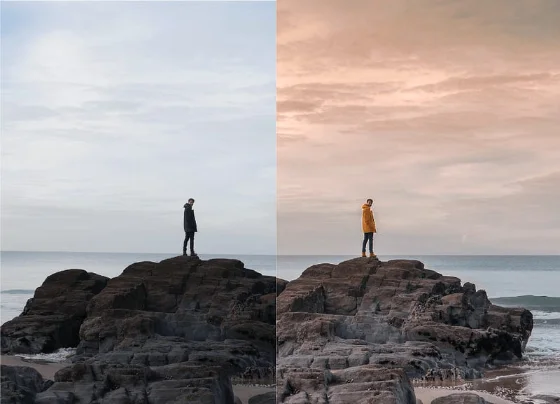
Courtesy of People of the Planet
Color Grading = Creative Pass
- Focus: Emotion and style
- Goal: Match the director's visual intent
Both are essential. You need a clean base before you add any creative flair. Let's go deeper into what happens in each.
Pass 1: Color Correction — Grounding Footage in Reality
Before you can paint with color, you need to correct what the camera didn't capture perfectly. Even top-tier cinema cameras don't always get it "right" — especially in challenging lighting conditions or when shooting in LOG or RAW formats.
What Gets Corrected?
🎛 White Balance
Are the whites actually white, or do they lean yellow or blue? Proper white balance ensures a neutral tone that mimics what the human eye would see in the same environment.
📉 Exposure & Contrast
Sometimes a shot is too dark, other times it's blown out. Correction fixes shadows, highlights, and midtones to avoid clipping and recover detail.
🎨 Color Profile Normalization
Footage shot in LOG or RAW often looks flat, oversaturated, or muddy. Correction brings it back to a neutral Rec.709 space or equivalent — like pulling footage out of the fog.
🧑🏽🤝🧑🏽 Skin Tone Accuracy
Our eyes are incredibly sensitive to unnatural skin tones. Even a slight green cast can make a character feel sickly or robotic. Correction ensures skin looks healthy and realistic.
🎬 Shot-to-Shot Consistency
Maybe one shot was taken just before golden hour and the next in overcast light. Correction ensures they match, so nothing feels disjointed in the edit.
Pass 2: Color Grading — Aligning with Creative Vision
Once your footage is technically solid, it's time for the fun part: color grading. This is where your film's emotional temperature is dialed in, its genre clarified, its tone made unmistakable.
Grading is where color becomes story.
What Gets Graded?
🌡 Mood & Emotion
Warm mids can evoke comfort or nostalgia. Cool shadows can suggest tension or isolation. Even small shifts in tone change how a scene feels.
🎞 LUTs (Look-Up Tables)
Grading often starts with LUTs — essentially filters that define a "look" based on color curves. You might use:
- Kodak 2383 LUT for a filmic, vintage feel
- Teal & Orange LUT for high-contrast blockbuster aesthetics
- Custom LUTs tailored to a director's palette
💡 Pro Tip: Make sure your color correction is done well before LUTs, or you might get washed out or oversaturated images.
🌘 Shadows & Highlights
Want a dreamlike softness? Lift your highlights and soften your blacks. Want grit and weight? Crush the shadows and introduce more contrast.
🎯 Selective Saturation
Not all colors need to pop. Maybe only the red of a jacket should stand out. Maybe you want everything else muted. This is where targeted grading plays its part.
🎭 Scene Consistency Across the Film
Just as a script has a tone, your visuals should too. Grading ties everything together into a cohesive, expressive aesthetic.
Tools of the Trade: What Tech to Use
🎛 DaVinci Resolve
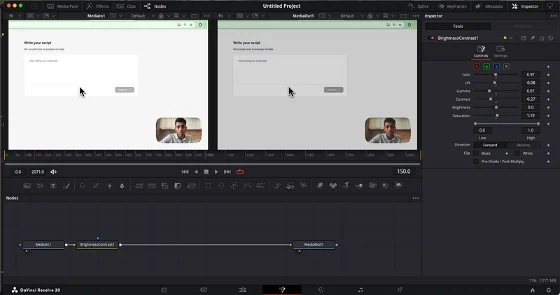
- The industry standard for color work.
- Node-based grading system
- Built-in scopes, keying, masks, and tracking
- Free version is powerful; paid version unlocks HDR, noise reduction, and more
Best for: High-end commercial, film, and broadcast work
🧰 Adobe Premiere Pro
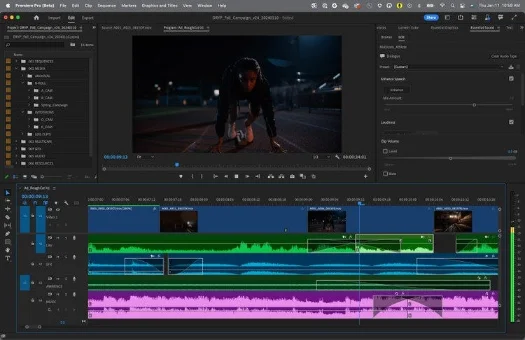
Courtesy of Adobe
- Comes with the Lumetri Color panel for both correction and grading.
- Seamless with After Effects
- Good for all-in-one editors
- Great for quick LUT application and basic grading
Best for: Creators already editing in Adobe's ecosystem
🍏 Final Cut Pro
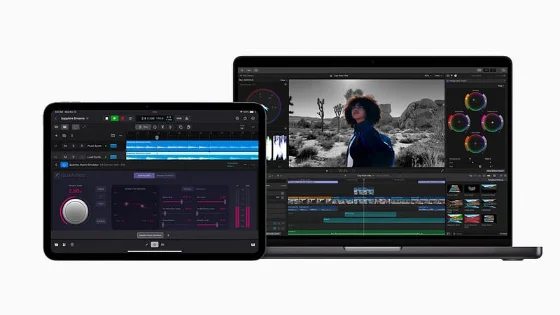
Courtesy of Apple
- Fast and smooth on Macs, with a simple color workflow.
- Great for YouTubers and indie filmmakers
- Supports LUTs and third-party grading plug-ins
- Color Wheels and Color Curves for fine control
Best for: Mac editors who value speed and ease
🧪 LUT Packs + Plug-ins
Tools like Magic Bullet Looks, FilmConvert, or even free LUT libraries can jumpstart your grading. Just don't skip the correction step first.
🎛 Hardware (Optional but Powerful)
- Grading Panels: Like the Blackmagic Mini Panel — gives you tactile control over lift, gamma, and gain.
- Reference Monitors: Calibrated displays (like Eizo or Flanders Scientific) let you see true color, especially important for theatrical or broadcast delivery.
Visual Examples
🎥 Raw vs Corrected vs Graded
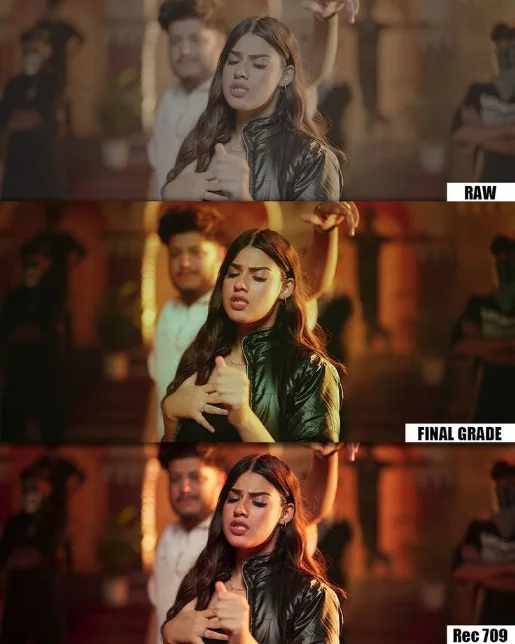
Courtesy of Cinetone Media
These are 3 versions of the same frame side-by-side:
- Flat LOG footage
- Corrected to Rec.709
- Graded with stylized look
Flat footage gets corrected for realism before being graded for mood.
👩🏽🦱 Skin Tone Correction
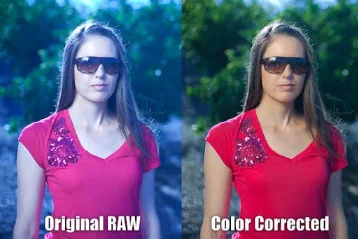
Color Corrected face, courtesy of Rob Miller
Skin tones are the first place audiences notice if something feels 'off.'
🎨 Full Process

Courtesy of Boris FX
Color grading can produce vastly different shots, so it is vital for the colorist to align with the vision that the DP/director has for the film language.
One Pass for Truth, One Pass for Feeling
Color correction and color grading aren't just technical steps — they're where image meets intention. First, you make the footage feel grounded in reality. Then, you take that foundation and paint emotion onto it.
Don't skip the correction pass. Don't rush the grading pass. Each is vital, and each holds a different kind of power over how your audience experiences the story.
Whether you're a director, cinematographer, or editor, understanding both will not only make your work look better — it'll feel better too.